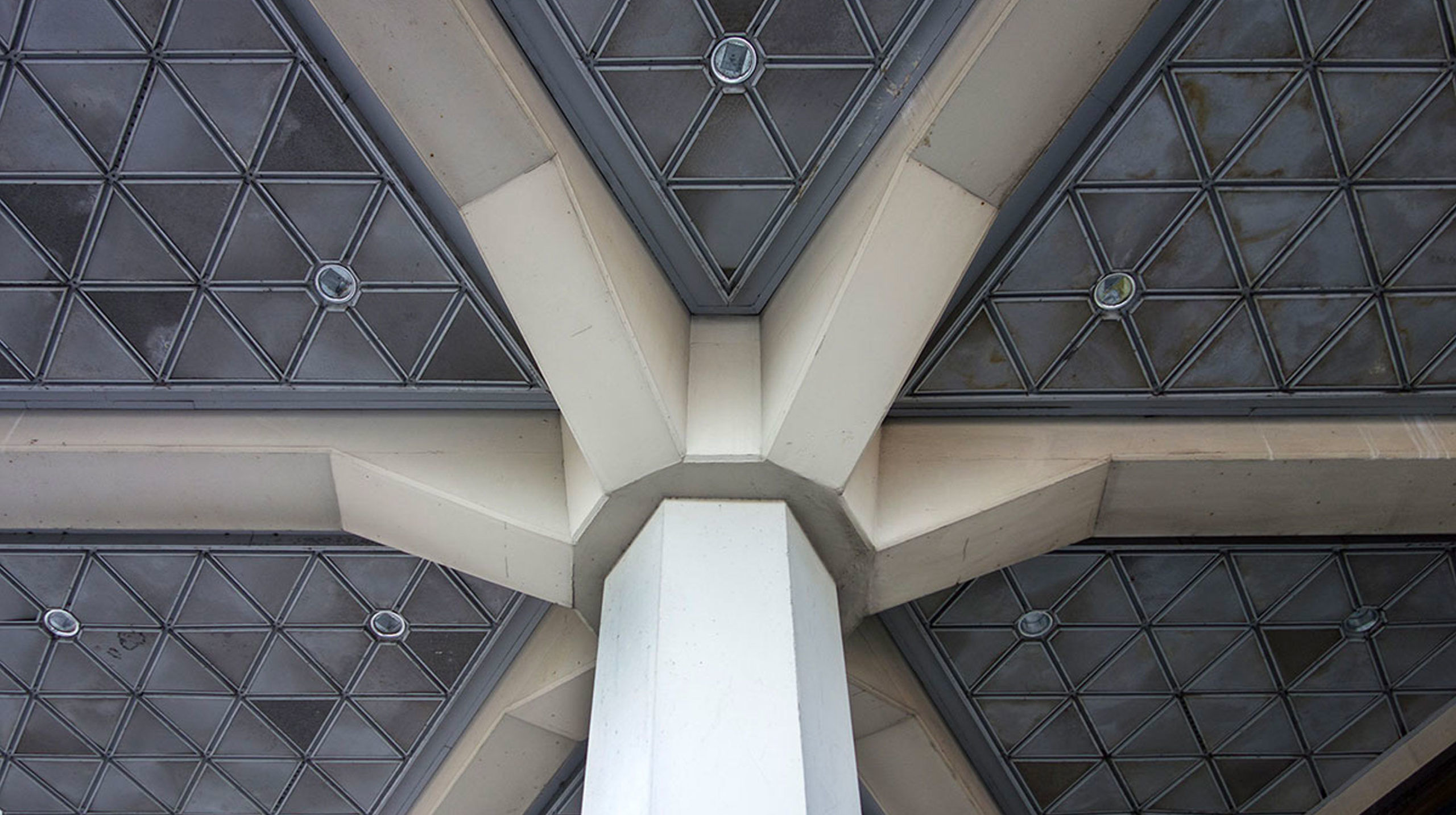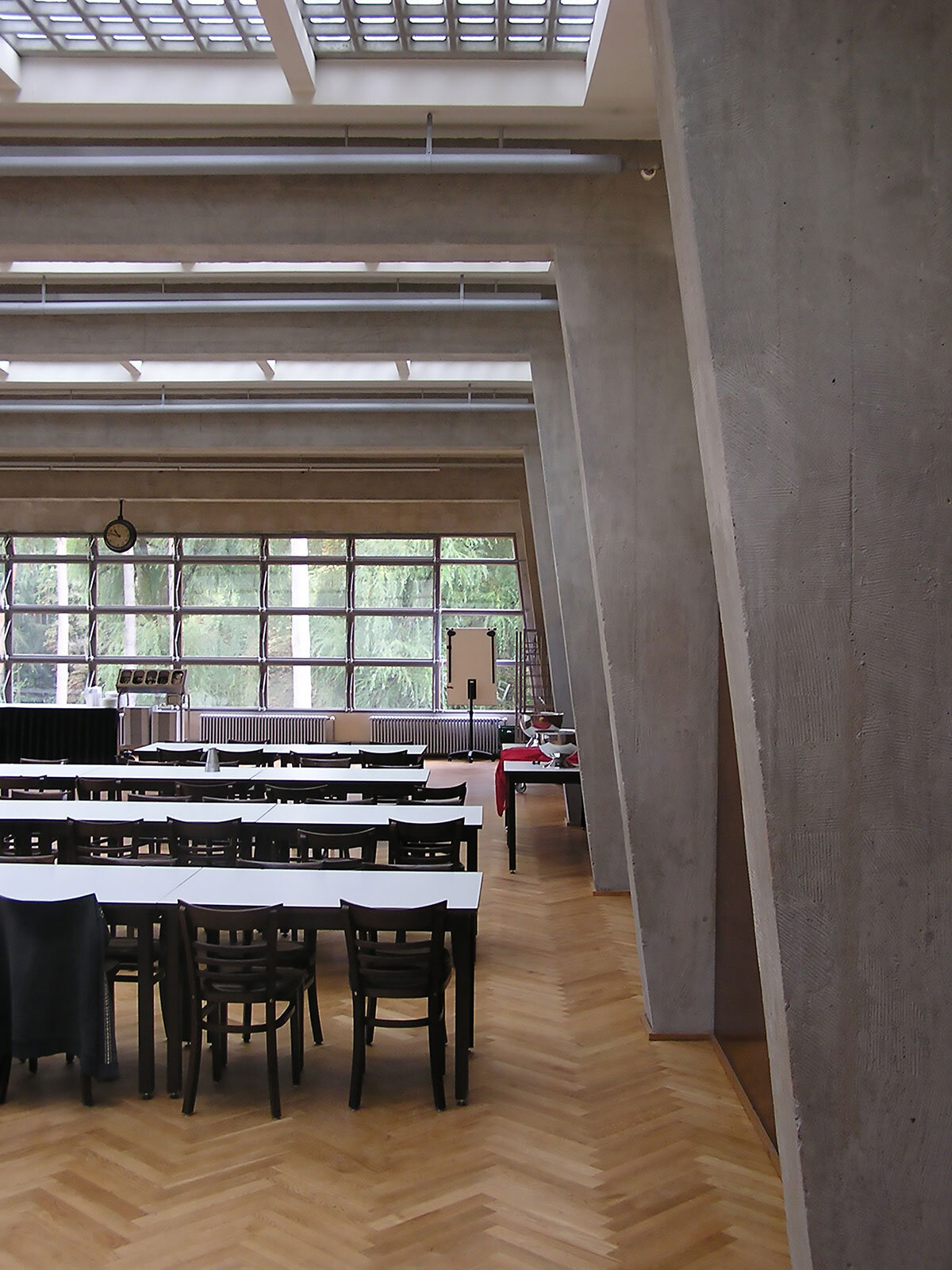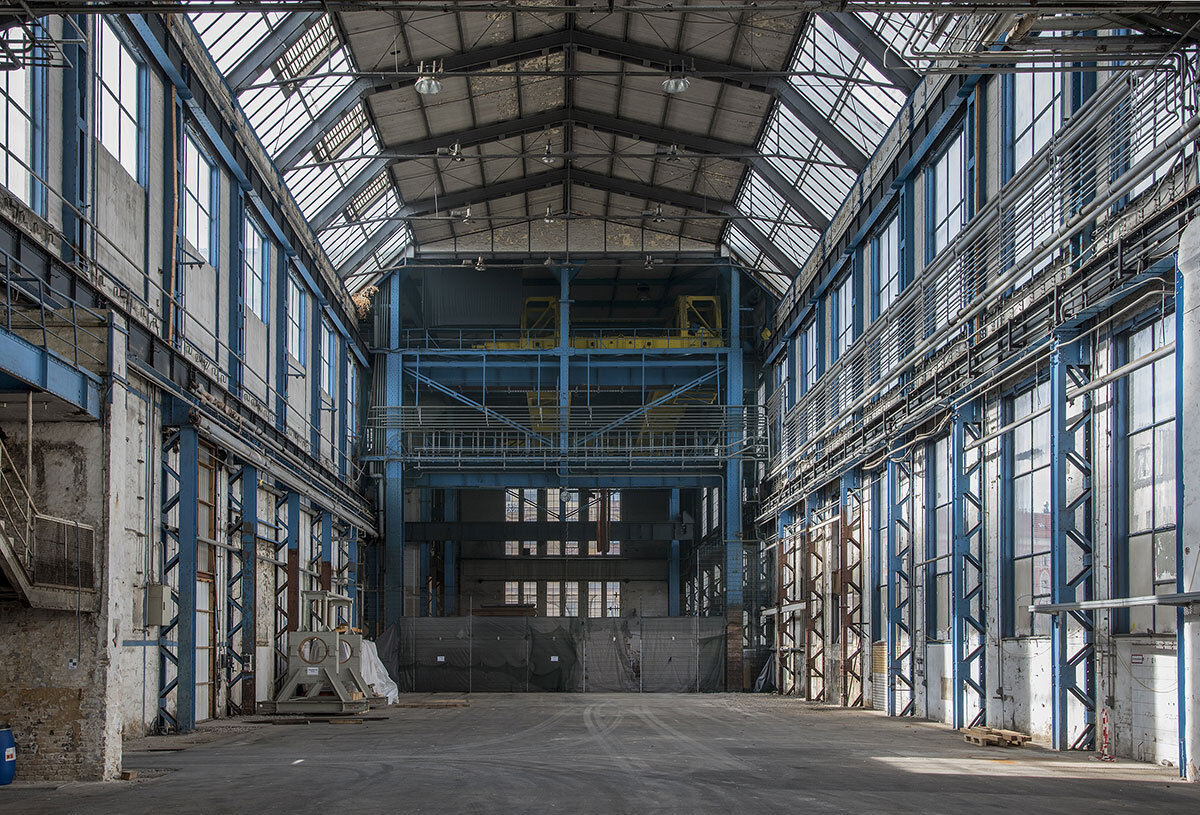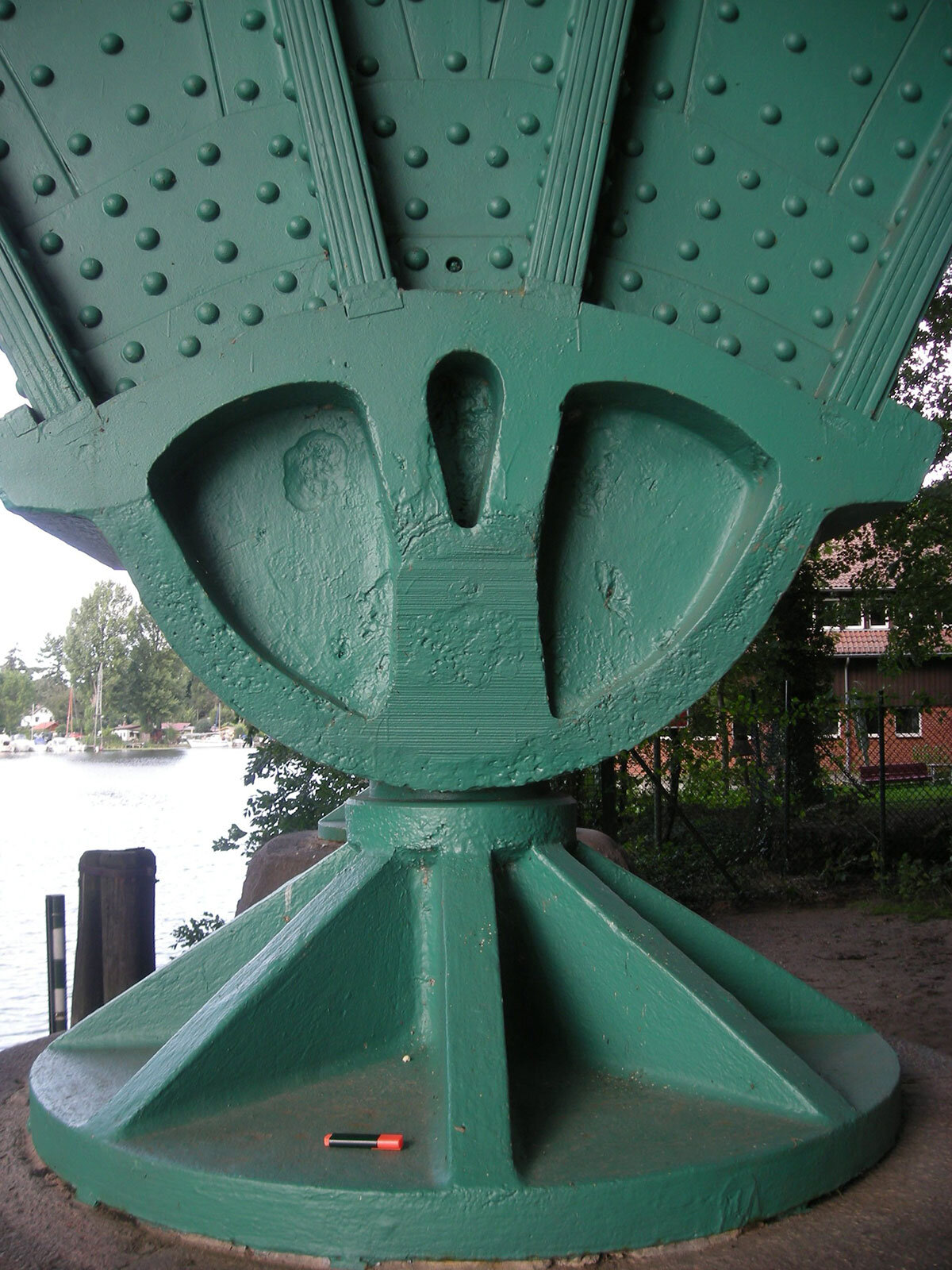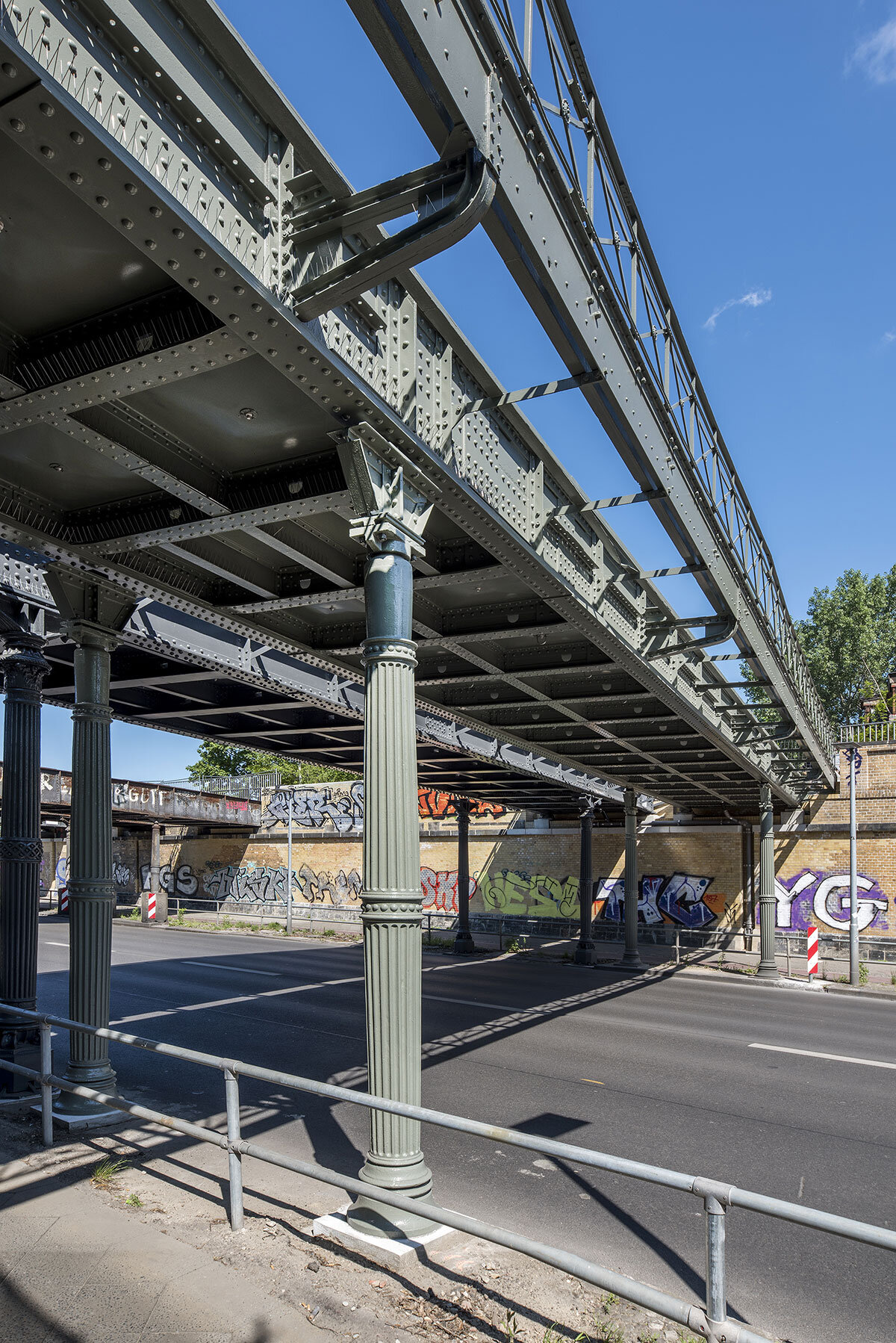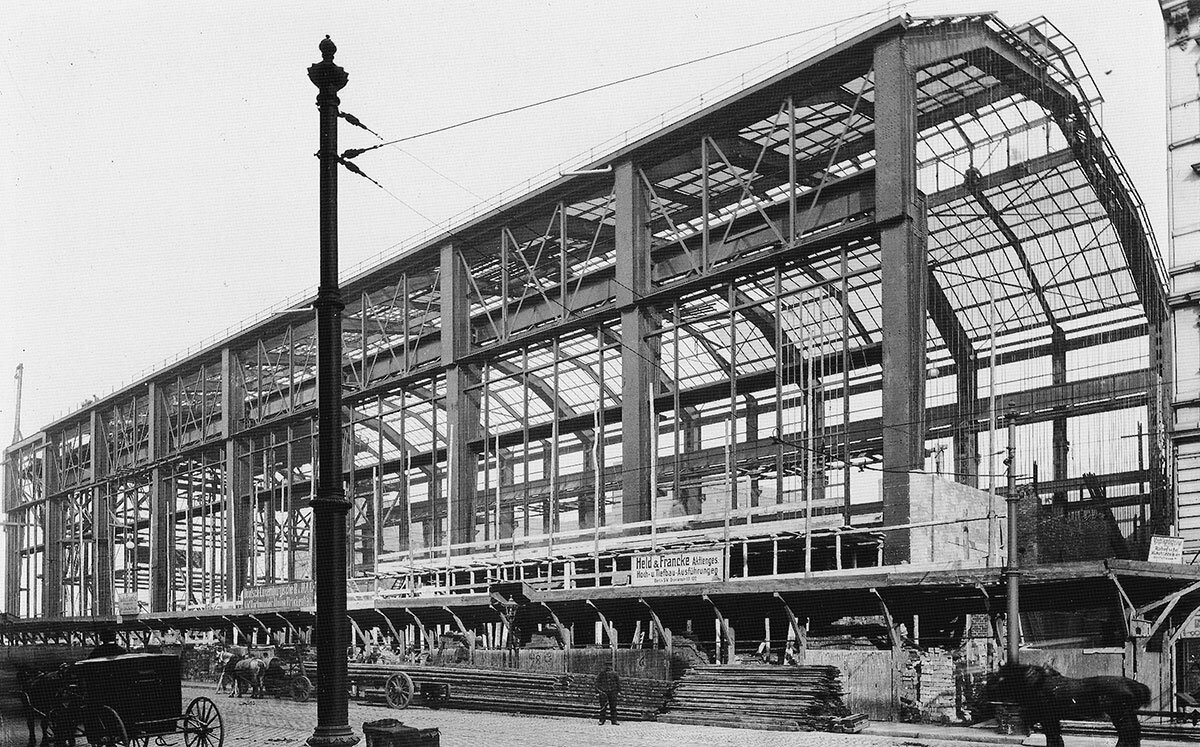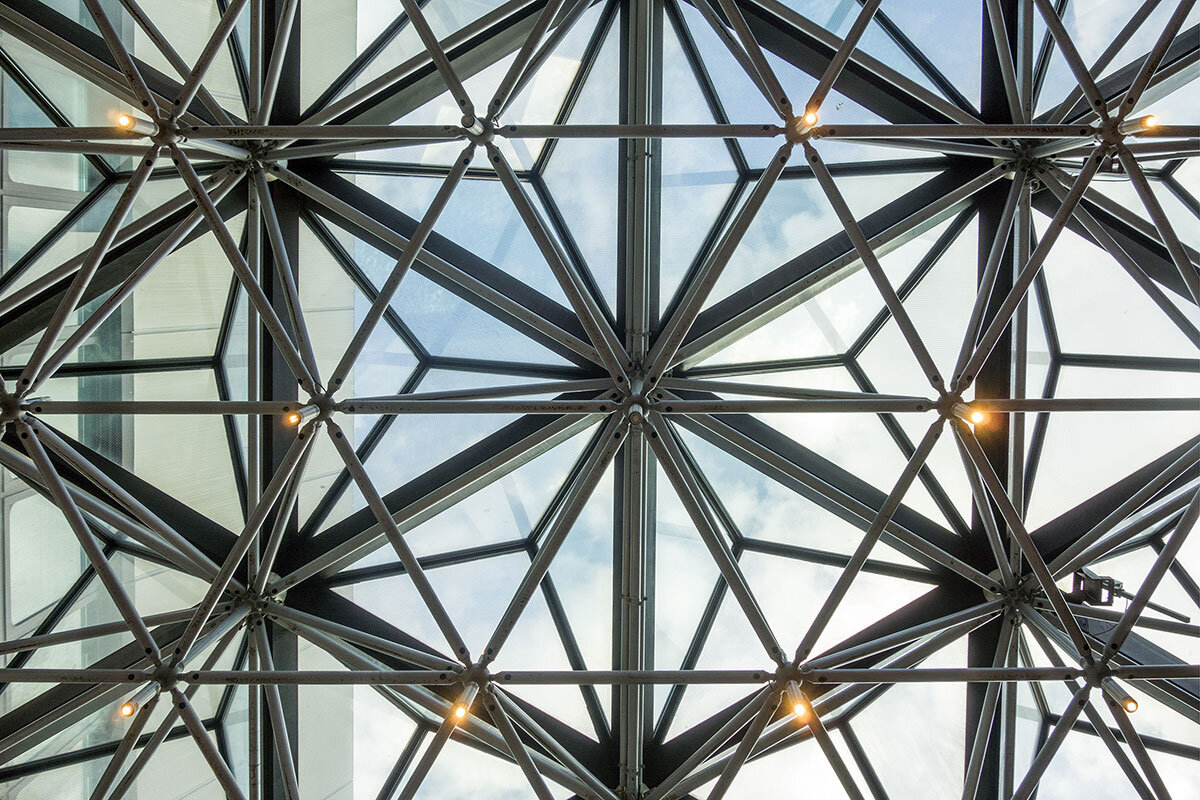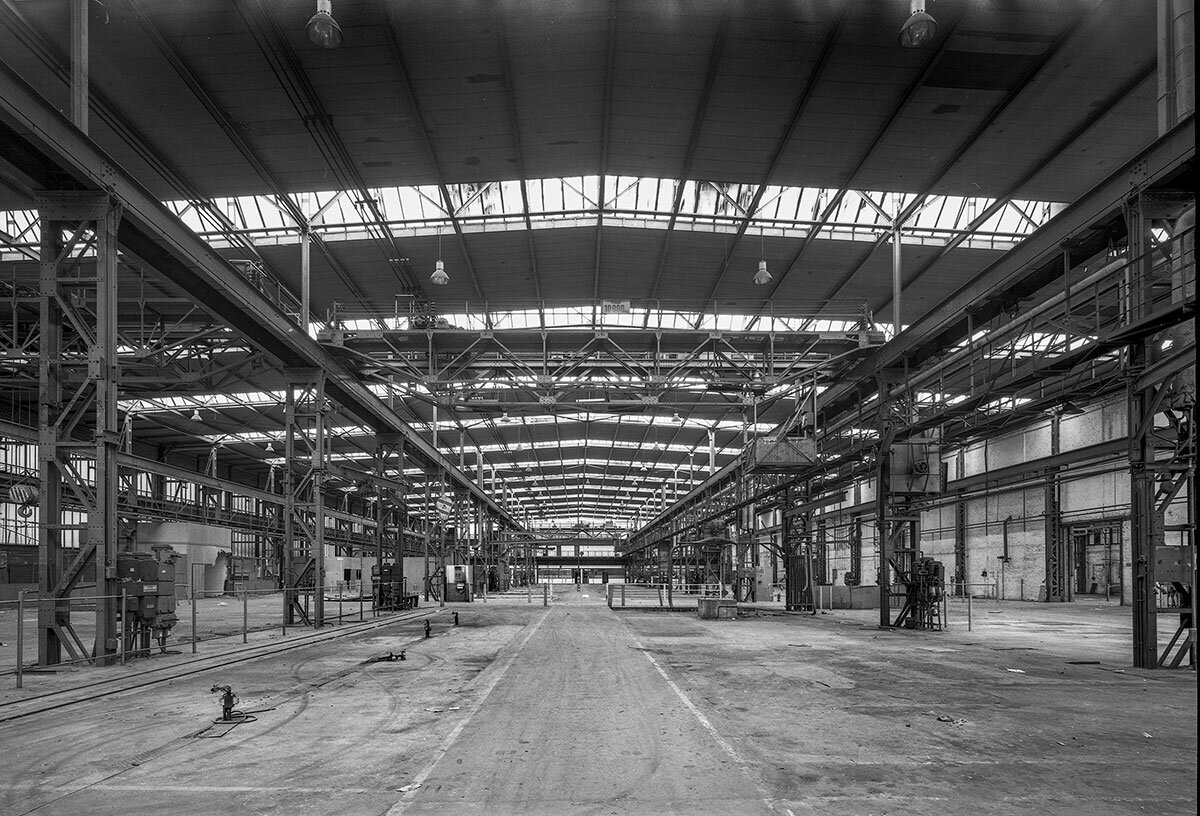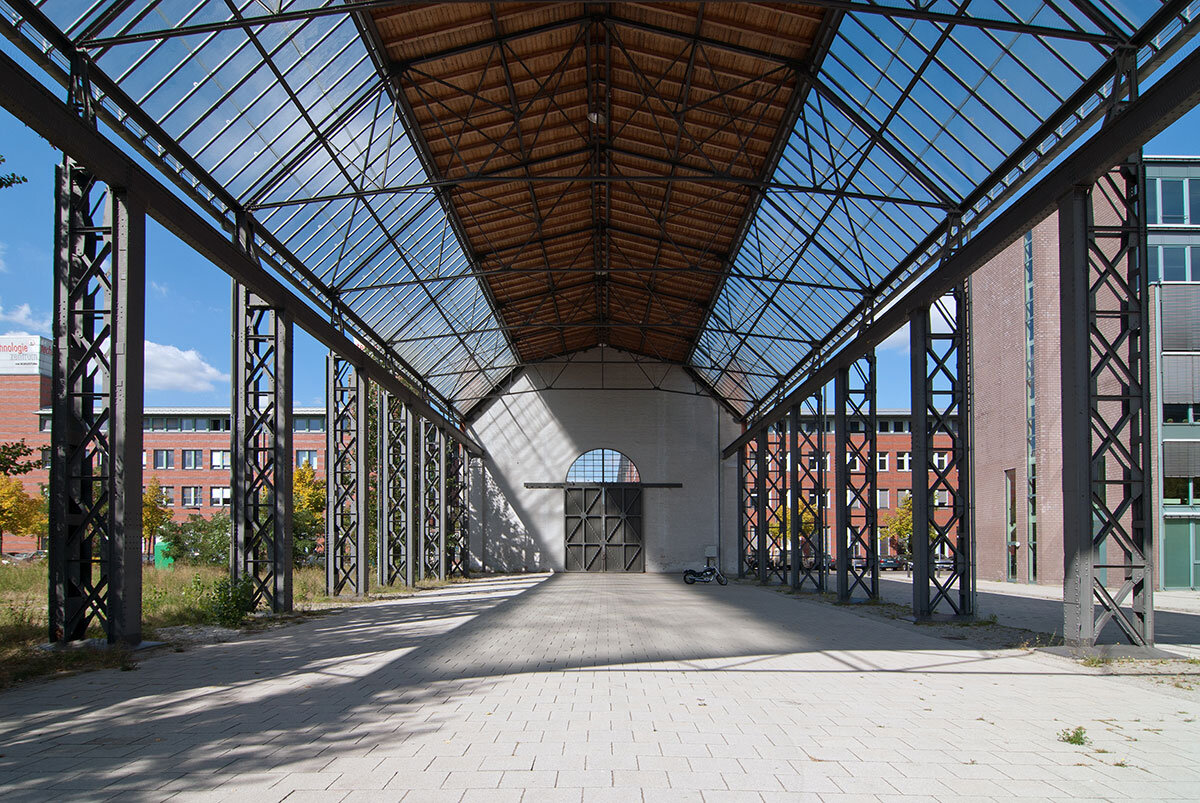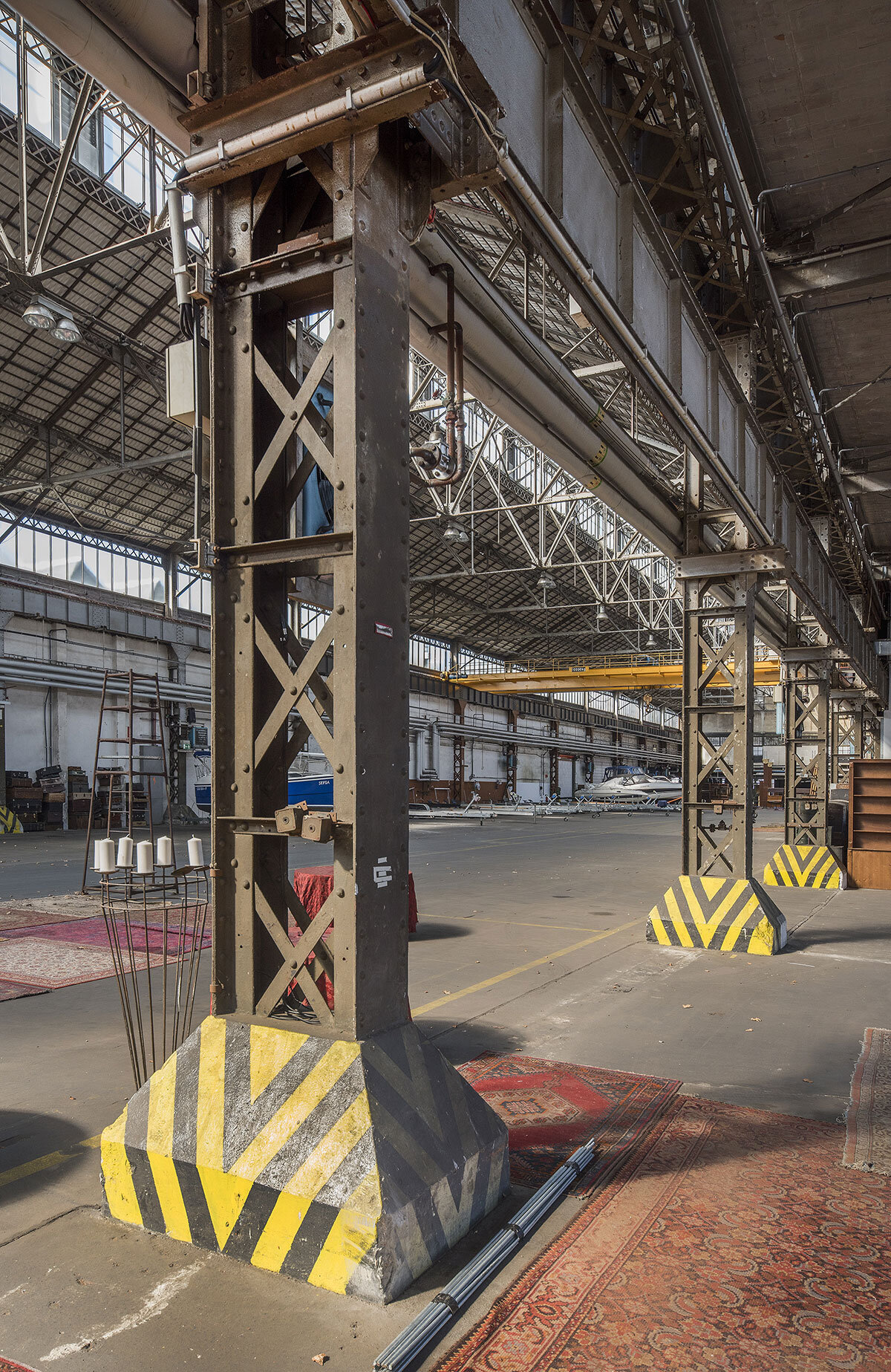“The value of architectural heritage is not only in its appearance, but also in the integrity of all its components as a unique product of the specific building technology of its time.”
ICOMOS CHARTER from General Assembly in Victoria Falls, 2003
At the end of March 2019, the Senate of the German Research Foundation (DFG) decided to establish the Priority Program “Cultural Heritage Construction – Foundations of an Engineering-based and Networked Preservation of Monuments for the Structural Heritage of the High Modern Age”. DFG Priority Programs (SPP) open up the possibility of funding a nationwide research network on an important and current topic over a period of six years.
The SPP “Cultural Heritage Construction” focuses on buildings of the high modern era (around 1880 to 1970). Their value as monuments is often determined by structural characteristics – the construction thus becomes the actual cultural heritage. However, there is still a lack of decisive foundations in the history of building technology, monument theory and engineering science for its evaluation and preservation. The desires are obvious.
The SPP responds to this with the establishment of an interdisciplinary research network on three subject areas:
RECORD AND CLASSIFY [HISTORY OF BUILDING TECHNOLOGY]
The focus of topic area 1 is on cross-sectional studies on the development of characteristic building methods and construction types of high modernism and all related questions. The projects are characterized less by individual studies and more by diachronic work on main lines and innovation steps, primarily related to the German-speaking cultural area. The aim is to specify the system of coordinates in the history of building technology of that epoch as an indispensable basis for a reliable localization and evaluation of the cultural heritage of construction and its monuments.
RECOGNIZE AND EVALUATE [MONUMENT PRESERVATION]
Thematic area 2 focuses on the development and communication of efficient approaches, quality criteria and methods for the monumental evaluation of high modern buildings and their complex structures, which include the constructional dimensions in all their diversity. Criteria relating to the theory of monuments and the history of building technology must be taken into account, as well as the social and technical value-creation processes that precede the valuation of monuments from the period from about 1880 to 1970.
PRESERVATION AND DEVELOPMENT [CIVIL ENGINEERING]
Based on a technically reflected concept of monuments, subject area 3 combines methods from the fields of monuments and engineering. The overarching goal here is the development and exemplary verification of networked action strategies for the preservation and further development of the highly modern cultural heritage.
The DFG Priority Program 2255 “Cultural Heritage Construction” extends over two funding periods of three years each. In addition to a coordination project, the first funding period (2021-2023) included eleven sub-projects whose interdisciplinary teams carried out a total of 26 research projects, some of which closely interlinked. In the second funding period (2024-2026), eight sub-projects are dedicated to a total of 19 research projects, some of which take up and continue questions from the first funding period, while others investigate new aspects of construction as a cultural heritage.
IMPORTANT MILESTONES OF THE SPP 2255 SO FAR:
- 15–17 May 2024: Impulse meeting for the SPP 2255’s second funding period, Cottbus
- 08–17 May 2024: Exhibition “Impressions and findings”, Central Lecture Hall Building at BTU Cottbus-Senftenberg
- 01 January 2024: Start of the priority program’s second funding period
- 05–07 July 2023: Think Tank “Retro-fitting High Modernism” and annual meeting 2023 of the SPP 2255, Haus der Wissenschaft, Braunschweig
- 04 July 2023: Workshop “Common Ground #3” for PhD candidates and post-docs, Institute for Steel Construction, TU Braunschweig
- 27 June–07 July 2023: Exhibition “Impressions and findings”, Architecture Pavillion at TU Braunschweig
- 27/28 March 2023: Workshop on equal opportunities at SPP 2255, University of Bamberg
- Spring 2023: Selection of the projects for the second funding period by the DFG
- 12–14 October 2022: Think Tank “Authenticity” and annual meeting of the SPP 2255, Bauhaus Dessau and Hochschule Anhalt
- 11 October 2022: Workshop “Common Ground #2” for PhD candidates and post-docs, Bauhaus Dessau
- 05 October 2022: Call for applications for the second funding phase of the priority program by the DFG
- 07/08 September 2022: SuMupLAB 2022 on the hangars of the former airport Cottbus-Nord, Cottbus
- 12/13 May 2022: Annual meeting 2021 of the SPP 2255, Brandenburg State Museum of Modern Art | Dieselkraftwerk Cottbus
- 12 November 2021: Workshop “Common Ground #1” for PhD candidates and post-docs, BTU Cottbus-Senftenberg
- 11 November 2021: Think Tank “Building at the Limit”, Brandenburg State Museum of Modern Art | Dieselkraftwerk Cottbus and Online
- 22/23 September 2021: SuMupLAB in the former broadcasting hall Europe 1, Überherrn-Berus
- 23/24 April 2021: Online impulse meeting of all contributors
- 01. January 2021: Start of the priority program
- 27/28 April 2020: Selection of the funded projects by the DFG
- 23 October 2019: Submission of applications
- 09 September 2019: Preparatory colloquium of all interested parties in Cottbus
- 02 July 2019: Announcement of the priority program
Further information on the basic objectives and contents of SPP 2255 can be found in an abbreviated version of the initiative proposal, which can be downloaded here.

